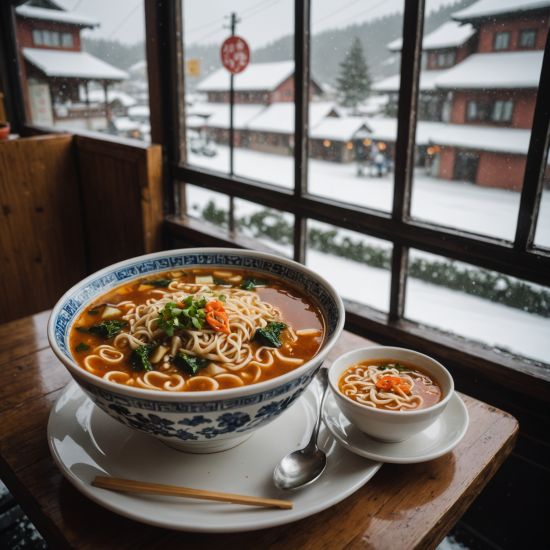Fear of Flying? Statistics and Behavioural Techniques That Will Help

Flying is statistically incredibly safe, and with the right strategies, you can manage your fear and enjoy the journey. This guide provides practical steps to help you overcome your fear and experience the freedom of air travel.
The Statistics Speak Volumes: Why Flying is Safe
Air travel is remarkably safe. While accidents garner significant media attention, their actual frequency is incredibly low. To put it in perspective, consider these facts: The probability of being involved in a fatal plane crash is minuscule. Organizations like the National Transportation Safety Board (NTSB) and Bureau of Transportation Statistics (BTS) meticulously track aviation incidents, and their data consistently shows that air travel is one of the safest modes of transportation. In fact, statistically, you are more likely to be involved in a car accident driving to the airport than experiencing a plane crash. Focusing on these statistics can help reframe your perception of risk, shifting from fear to a more realistic assessment. Several studies have also shown that the vast majority of fatal plane accidents are due to human error, and the industry has made huge strides in implementing protocols to reduce such incidents.
1. Fatality Rate
- Accident rate: The odds of dying in an air travel accident are approximately 1 in 11 million.
2. Air Travel vs. Car Travel
- Comparison to driving: Air travel is about 100 times safer than traveling by car. The U.S. National Highway Traffic Safety Administration (NHTSA) reports that in 2020, the fatality rate for motor vehicle crashes was 1.33 deaths per 100 million miles traveled. In comparison, aviation has a fatality rate of 0.07 deaths per 100 million miles traveled.
3. Accident Rates in Aviation
- Global aviation accident rate: In 2022, there were just 0.27 accidents per million flights globally, representing an accident rate of 0.027% per flight.
4. Commercial Airline Safety Record
- Number of fatalities: In 2021, there were 9 fatal accidents in commercial aviation worldwide, resulting in 174 fatalities. Considering millions of flights occur annually, this is a very low rate of incidents.
5. Safety Advancements
- Aircraft design and technology: Modern airliners are equipped with advanced technologies such as radar, weather prediction systems, autopilot systems, and automatic safety mechanisms that greatly reduce human error.
6. Pilot Training and Safety
- Pilot qualifications: Pilots undergo rigorous training, including hours of flight experience, recurrent training, and adherence to strict regulations on rest periods and medical evaluations.
7. Global Aviation Safety Improvement
- Improvement over time: The aviation accident rate has declined by 50% over the past 20 years, showcasing the effectiveness of safety measures and ongoing improvements.
8. Impact of Air Traffic Control
- Air traffic control efficiency: The FAA manages approximately 50,000 flights per day, ensuring that safety is maintained through constant monitoring and coordination.
Practical Behavioral Techniques for Managing Fear
Managing anxiety related to flying involves a combination of techniques aimed at regulating your physical and emotional responses. One effective method is deep, controlled breathing. Practicing diaphragmatic breathing, inhaling deeply into your abdomen and exhaling slowly, can significantly calm your nervous system. Consider using a guided meditation app like Calm or Headspace to learn these techniques and develop a routine. These apps can also help with progressive muscle relaxation, another effective way to reduce physical tension. Progressive muscle relaxation involves systematically tensing and releasing different muscle groups to relieve muscle tension often associated with anxiety. Furthermore, cognitive behavioral therapy (CBT) techniques can be valuable. CBT helps to identify and challenge negative thought patterns that fuel your fear and replaces them with more realistic, less fear-inducing thoughts. Consider seeking a therapist who specializes in anxiety or aviation phobias.
Creating a Positive Travel Experience
Preparation plays a key role in reducing pre-flight anxiety. Familiarizing yourself with the airport layout and security procedures beforehand can significantly reduce stress. Many airports offer virtual tours on their websites. Choosing a seat that suits your comfort level – for instance, an aisle seat for easier access to the restroom – can also contribute to your experience. Distraction plays a vital role. Bring a book, download podcasts or audiobooks, or plan to watch movies during the flight. Engaging in these activities helps shift your focus away from negative thoughts. Remember that many fellow passengers also experience some level of anxiety, either from flying itself or even just the stress of travel. Focusing on others' possible experiences can create a sense of shared understanding and ease tension. Finally, reward yourself! After a successful flight, acknowledge your achievement and celebrate your progress. This positive reinforcement helps strengthen your confidence for future flights.







